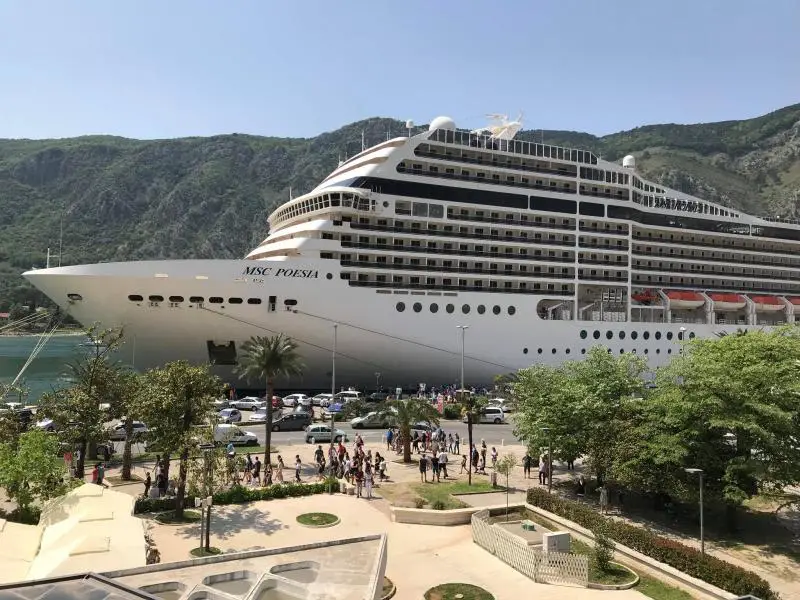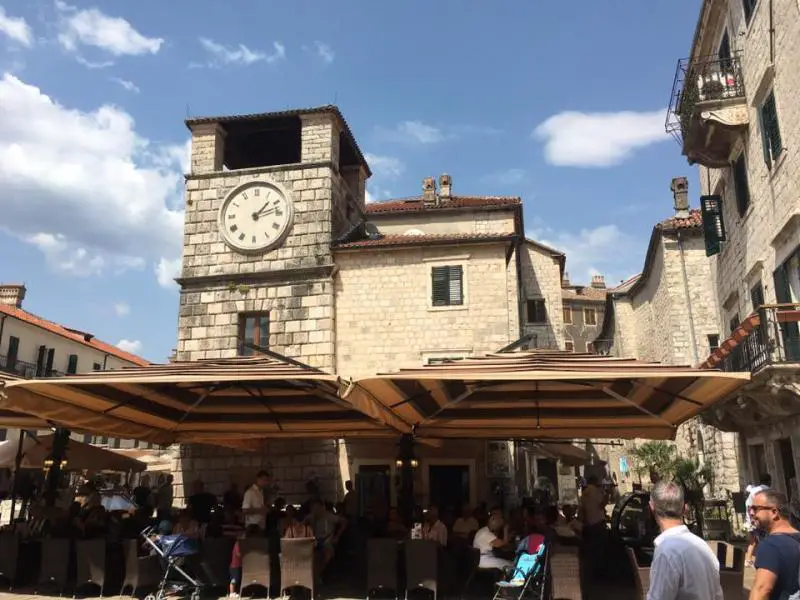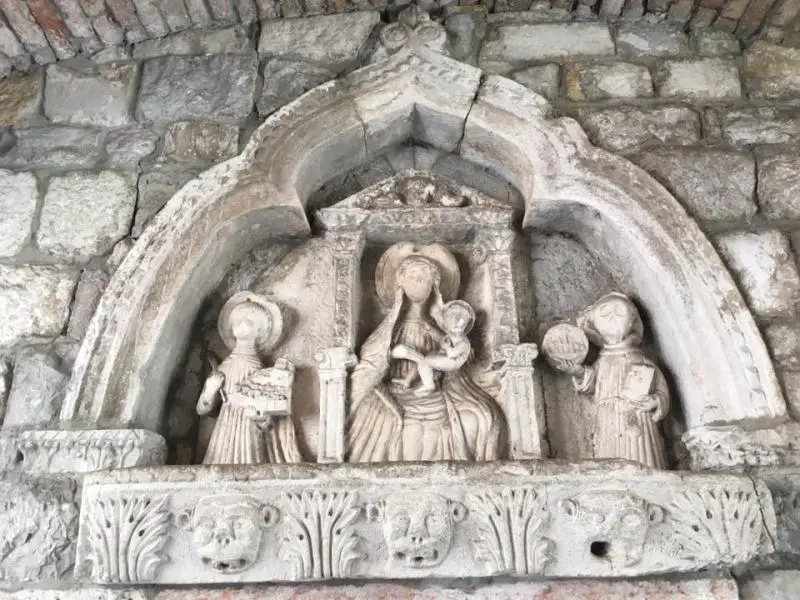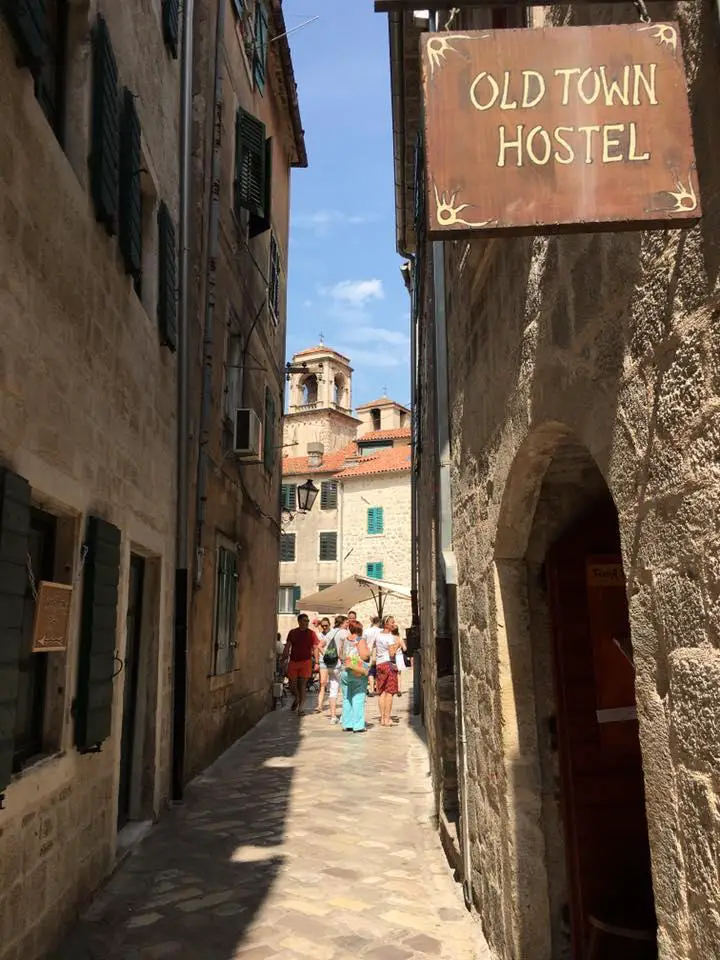Kotor, Montenegro Cruise Port Guide Info
Kotor is a coastal town, situated at the foot of Mt. Lovcen, at the end of the Boka Kotorska Bay, in a fiord which is, by its beauty and appearance, unique in the whole of the Mediterranean. It's one of the best-preserved medieval towns in this part of the Mediterranean. Kotor (Cattaro) is placed on the UNESCO-list of world heritage. The old town is surrounded by city walls. Though it has, over the centuries, come under the reign of many kings, emperors and political dynasties great and small…today Montenegro (“Crna Gora”) is a free, democratic and newly independent country. Previously, together with five other countries, was a part of Yugoslavia.

This nation is representing the ancient, proud and courageous people whose rich culture and often turbulent history is enhanced by their warmth and generosity. In the Middle Ages, this natural harbour on the Adriatic coast in Montenegro was an important artistic and commercial centre with its own famous schools of masonry and iconography. A large number of the monuments (including four Romanesque churches and the town walls) were seriously damaged by the 1979 earthquake but the town has been restored, largely with UNESCO's help. The fortification system of Kotor, which protects it from the sea, is actually a wall 4.5 km long, 20 m high and 15 m wide, and is preserved as one of the world’s historic sites.

Different shoes were walking the cobblestone streets for thousands of years. For countless generations the city has watched as ships have dropped anchor in her protected harbor, so the sailors can enjoy the beautiful landscape. At times, the ships would be the ones that carried trouble, at other times they would bring victory and strength, while at other times Kotor was the home port of foreign imperial navies. Nowadays, the fun cruise ships bring the curious tourists from all over the world to gaze in wonder upon the same mountains… the same blue waters on the bay… visitors who disembark to come ashore and walk the same streets as pirates, wealthy merchants and the conquering soldiers and sailors of mighty rulers.

All of this is Kotor, the jewel on the Adriatic, a city that kept all the secrets from the past, and yet is modern, shiny and vibrant to attract all ages on one place.

Places to visit:
THE TOWN RAMPARTS AND WALLS -these keepers of the city, made of stones above the sea, are 4.5 km long walls that surround the old town of Kotor, from the sea level up to 250m high to the fortress of San Giovanni (St John). Their thickness changes from 2m to 16m, height of some parts is 20m. Some parts were built during the Byzantines but the current walls mostly date back to 17th and 18th century, the time of Venetians.
THE GATES-the only way you can enter Kotor is through three gates.
The main gate is the Sea gate on the western side. A long time ago the sea reached the very entrance. The gate is surrounded by massive stone blocks and stone pillars. Our Lady with Christ from the fifteenth century is on the right side, while on the left side St. Tryphon shows a model of the city.
The gate of the river’s or the Northern Gate is a memory of Kotor’s victory over famous Turkish admiral Hajrudin Barbarosa , who came with 2000 ships and 30.000 soldiers, but still did not manage to conquer it. Gudric Gate, called the South Gate is separated from the land by a drawbridge, that used to be lowered on the strange river Gurdic.
THE CLOCK TOWER is one of the symbols of Kotor, right in the central place in the square opposite the main gate. It is built in 1602 and took decades to be completed. An earthquake in 1667 made the Tower considerably incline toward the sea side. Another try for putting it back upright was in vain, since the catastrophic earthquake in 1979 returned it in the same position.
THE CATHEDRAL OF SAINT TRYPHON is Kotor’s most impressive building, built in the mid-1100s. It is one of the oldest churches in Europe, predating Notre Dame and St. Peter. This Cathedral is rich with many beautiful pieces of religious art.
THE MARITIME MUSEUM has preserved the rich seafaring history of Kotor. The museum displays interesting paintings, ship models, antique navigational equipment and maps.
THE TOWN FOUNTAIN-located left of the Maritime Museum, it used to be the best place for the townsfolk to gather and swap stories. Built in 17th century, it was also the only source of drinking water until the 20th century. Interesting about it is the spout with a dragon head on it.
THE CHURCH OF SAINT LUKE-the only edifice in town that survived the catastrophic earthquake in 1979 without significant damages. It was completed in the late 1100s in Roman/Byzantine style.
THE CHURCH OF SAINT NICOLA-is Serbian Orthodox church built from 102 to 1909, on the place of the burnt Orthodox Church dating from 1810.
THA DRAGO PALACE-built in the fourteenth and fifteenth centuries with all elements of Gothic style. The decorative elements all over the palace are the dragons, which are on the coat of arms of the family Drago.
THE FORTRESS OF SAINT JOHN is located on top of the Kotor Old Town, 280 meters above sea level. Climbing up this fortress means witnessing a picturesque view of Kotor and the Bay of Kotor. There are 1350 steps going up which may be challenging for some but there are places to rest on the way up. The Church of Our Lady of Remedy, which dates back to 1518 is to be found on halfway up.